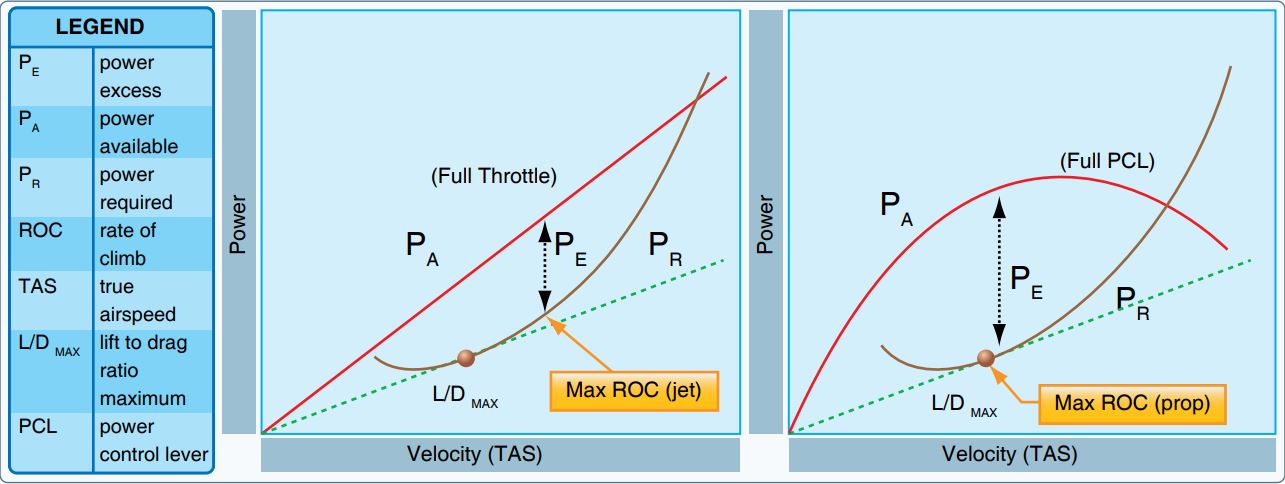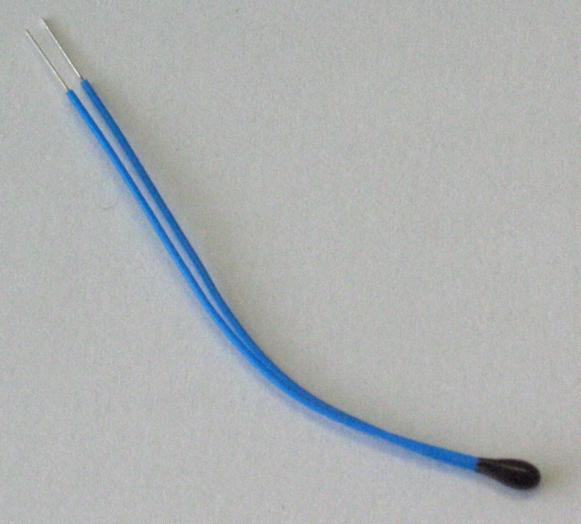|
Variometer
In aviation, a variometer – also known as a rate of climb and descent indicator (RCDI), rate-of-climb indicator, vertical speed indicator (VSI), or vertical velocity indicator (VVI) – is one of the flight instruments in an aircraft used to inform the aviator, pilot of the rate of descent or climb.Federal Aviation Administration, ''Glider Flying Handbook'', Skyhorse Publishing Inc., 2007 pages 4-7 and 4-8 It can be calibrated in metres per second, feet per minute (1 ft/min = 0.00508 m/s) or knot (unit), knots (1 kn ≈ 0.514 m/s), depending on country and type of aircraft. It is typically connected to the aircraft's external static pressure source. In powered flight, the pilot makes frequent use of the VSI to ascertain that level flight is being maintained, especially during turning maneuvers. In gliding, the instrument is used almost continuously during normal flight, often with an audible output, to inform the pilot of Atmospheric convection, rising or ... [...More Info...] [...Related Items...] OR: [Wikipedia] [Google] [Baidu] |
Rate Of Descent Or Climb
In aeronautics, the rate of climb (RoC) is an aircraft's vertical speed, that is the positive or negative rate of altitude change with respect to time. In most ICAO member countries, even in otherwise metric countries, this is usually expressed in feet per minute (ft/min); elsewhere, it is commonly expressed in metres per second (m/s). The RoC in an aircraft is indicated with a vertical speed indicator (VSI) or instantaneous vertical speed indicator (IVSI). The temporal rate of decrease in altitude is referred to as the rate of descent (RoD) or sink rate. A negative rate of climb corresponds to a positive rate of descent: RoD = −RoC. Speed and rate of climb There are a number of V speeds, designated airspeeds relating to optimum rates of ascent, the two most important of these are ''VX'' and ''VY''. ''VX'' is the indicated forward airspeed for best angle of climb. This is the speed at which an aircraft gains the most altitude in a given horizontal , typically used to avoi ... [...More Info...] [...Related Items...] OR: [Wikipedia] [Google] [Baidu] |
Sailplane
A glider or sailplane is a type of glider aircraft used in the leisure activity and sport of gliding (also called soaring). This unpowered aircraft can use naturally occurring currents of rising air in the atmosphere to gain altitude. Sailplanes are aerodynamically streamlined and so can fly a significant distance forward for a small decrease in altitude. In North America the term 'sailplane' is also used to describe this type of aircraft. In other parts of the English-speaking world, the word 'glider' is more common. Types Gliders benefit from producing very low drag for any given amount of lift, and this is best achieved with long, thin wings, a slender fuselage and smooth surfaces with an absence of protuberances. Aircraft with these features are able to soar – climb efficiently in rising air produced by thermals or hills. In still air, sailplanes can glide long distances at high speed with a minimum loss of height in between. Sailplanes have rigid wings and either ... [...More Info...] [...Related Items...] OR: [Wikipedia] [Google] [Baidu] |
Flight Instruments
Flight instruments are the instruments in the cockpit of an aircraft that provide the pilot with data about the flight situation of that aircraft, such as altitude, airspeed, vertical speed, heading and much more other crucial information in flight. They improve safety by allowing the pilot to fly the aircraft in level flight, and make turns, without a reference outside the aircraft such as the horizon. Visual flight rules (VFR) require an airspeed indicator, an altimeter, and a compass or other suitable magnetic direction indicator. Instrument flight rules (IFR) additionally require a gyroscopic pitch-bank ( artificial horizon), direction (directional gyro) and rate of turn indicator, plus a slip-skid indicator, adjustable altimeter, and a clock. Flight into instrument meteorological conditions (IMC) require radio navigation instruments for precise takeoffs and landings. The term is sometimes used loosely as a synonym for cockpit instruments as a whole, in which context ... [...More Info...] [...Related Items...] OR: [Wikipedia] [Google] [Baidu] |
Frank Irving
Frank Irving (7 April 1925 – August 2005) was a British aeronautical engineer, glider pilot, author and university lecturer. Early life and education Francis George Irving was born in Liverpool, United Kingdom. He attended St. Edward's College, and then Liverpool University. Aeronautics Irving graduated from Liverpool University in 1944 with a First in Engineering. After graduation, he worked as a civilian flight test observer at the Aeroplane and Armament Experimental Establishment at Boscombe Down, Wiltshire. In 1945 he completed the course for civilian observers at the Empire Test Pilots School. He began lecturing in aeronautical engineering at Imperial College London in 1947 and continued until his retirement. He was Warden of Beit Hall, a hall of residence for students of Imperial College, from 1950 to 1975. He eventually became a Senior Lecturer in the field of performance, stability and control of aircraft. He authored ''An Introduction to the Longitud ... [...More Info...] [...Related Items...] OR: [Wikipedia] [Google] [Baidu] |
Vacuum Flask
A vacuum flask (also known as a Dewar flask, Dewar bottle or thermos) is an insulating storage vessel that slows the speed at which its contents change in temperature. It greatly lengthens the time over which its contents remain hotter or cooler than the flask's surroundings by trying to be as adiabatic as possible. Invented by James Dewar in 1892, the vacuum flask consists of two flasks, placed one within the other and joined at the neck. The gap between the two flasks is partially evacuated of air, creating a near-vacuum which significantly reduces heat transfer by conduction or convection. When used to hold cold liquids, this also virtually eliminates condensation on the outside of the flask. Vacuum flasks are used domestically to keep contents inside hot or cold for extended periods of time. They are also used for thermal cooking. Vacuum flasks are also used for many purposes in industry. History The vacuum flask was designed and invented by Scottish scientist ... [...More Info...] [...Related Items...] OR: [Wikipedia] [Google] [Baidu] |
Circuit Board
A printed circuit board (PCB), also called printed wiring board (PWB), is a laminated sandwich structure of conductive and insulating layers, each with a pattern of traces, planes and other features (similar to wires on a flat surface) etched from one or more sheet layers of copper laminated onto or between sheet layers of a non-conductive substrate. PCBs are used to connect or "wire" components to one another in an electronic circuit. Electrical components may be fixed to conductive pads on the outer layers, generally by soldering, which both electrically connects and mechanically fastens the components to the board. Another manufacturing process adds vias, metal-lined drilled holes that enable electrical interconnections between conductive layers, to boards with more than a single side. Printed circuit boards are used in nearly all electronic products today. Alternatives to PCBs include wire wrap and point-to-point construction, both once popular but now rarely ... [...More Info...] [...Related Items...] OR: [Wikipedia] [Google] [Baidu] |
Thermistor
A thermistor is a semiconductor type of resistor in which the resistance is strongly dependent on temperature. The word ''thermistor'' is a portmanteau of ''thermal'' and ''resistor''. The varying resistance with temperature allows these devices to be used as temperature sensors, or to control current as a function of temperature. Some thermistors have decreasing resistance with temperature, while other types have increasing resistance with temperature. This allows them to be used for limiting current to cold circuits, e.g. for inrush current protection, or for limiting current to hot circuits, e.g. to prevent thermal runaway. Thermistors are categorized based on their conduction models. ''Negative-temperature-coefficient'' (NTC) thermistors have ''less'' resistance at ''higher'' temperatures, while ''positive-temperature-coefficient'' (PTC) thermistors have ''more'' resistance at ''higher'' temperatures. NTC thermistors are widely used as inrush current limiters and temperature ... [...More Info...] [...Related Items...] OR: [Wikipedia] [Google] [Baidu] |
Paul MacCready
Paul Beattie MacCready Jr. (September 25, 1925 – August 28, 2007) was an American aeronautical engineer. He was the founder of AeroVironment and the designer of the human-powered aircraft that won the first Kremer prize. He devoted his life to developing more efficient transportation vehicles that could "do more with less". Early life and education Born in New Haven, Connecticut, to a medical family, MacCready was an inventor from an early age and won a national contest building a model flying machine at the age of 15. "I was always the smallest kid in the class ... by a good bit, and was not especially coordinated, and certainly not the athlete type, who enjoyed running around outside, and was socially kind of immature, not the comfortable leader, teenager type. And so, when I began getting into model airplanes, and getting into contests and creating new things, I probably got more psychological benefit from that than I would have from some of the other typical school things. ... [...More Info...] [...Related Items...] OR: [Wikipedia] [Google] [Baidu] |
Faa Vertical Air Speed
The Federal Aviation Administration (FAA) is a U.S. federal government agency within the U.S. Department of Transportation that regulates civil aviation in the United States and surrounding international waters. Its powers include air traffic control, certification of personnel and aircraft, setting standards for airports, and protection of U.S. assets during the launch or re-entry of commercial space vehicles. Powers over neighboring international waters were delegated to the FAA by authority of the International Civil Aviation Organization. The FAA was created in as the Federal Aviation Agency, replacing the Civil Aeronautics Administration (CAA). In 1967, the FAA became part of the newly formed U.S. Department of Transportation and was renamed the Federal Aviation Administration. Major functions The FAA's roles include: *Regulating U.S. commercial space transportation *Regulating air navigation facilities' geometric and flight inspection standards *Encouraging and deve ... [...More Info...] [...Related Items...] OR: [Wikipedia] [Google] [Baidu] |
Wilbur Wright
The Wright brothers, Orville Wright (August 19, 1871 – January 30, 1948) and Wilbur Wright (April 16, 1867 – May 30, 1912), were American aviation List of aviation pioneers, pioneers generally credited with inventing, building, and flying the world's first successful airplane. They made the first controlled, sustained flight of an engine-powered, Aircraft#Heavier-than-air – aerodynes, heavier-than-air aircraft with the ''Wright Flyer'' on December 17, 1903, four miles (6 km) south of Kitty Hawk, North Carolina, at what is now known as Kill Devil Hills, North Carolina, Kill Devil Hills. In 1904 the Wright brothers developed the ''Wright Flyer II'', which made longer-duration flights including the first circle, followed in 1905 by the first truly practical fixed-wing aircraft, the ''Wright Flyer III''. The brothers' breakthrough invention was their creation of a Flight dynamics (aircraft), three-axis control system, which enabled the pilot to steer the aircraft effec ... [...More Info...] [...Related Items...] OR: [Wikipedia] [Google] [Baidu] |






